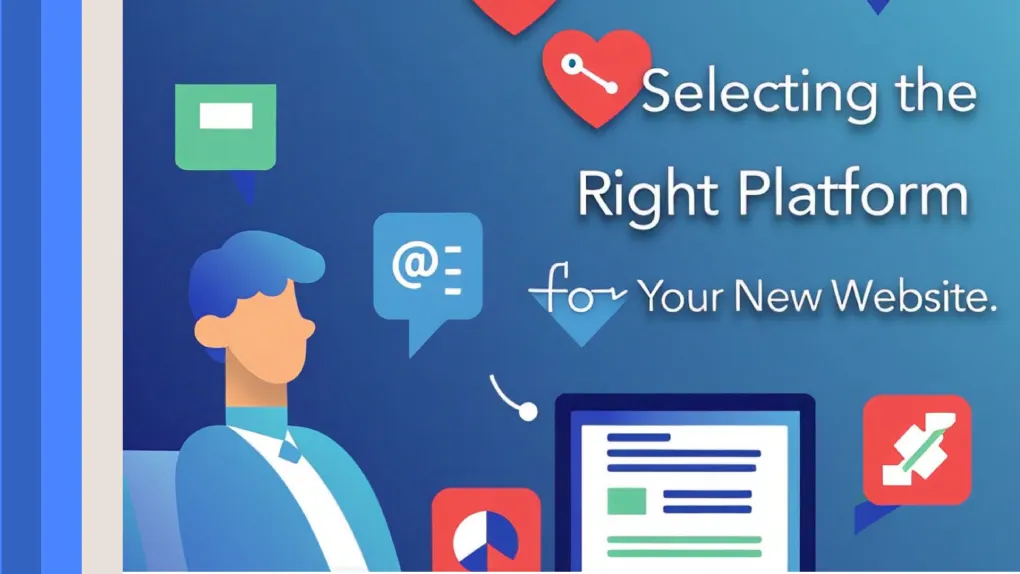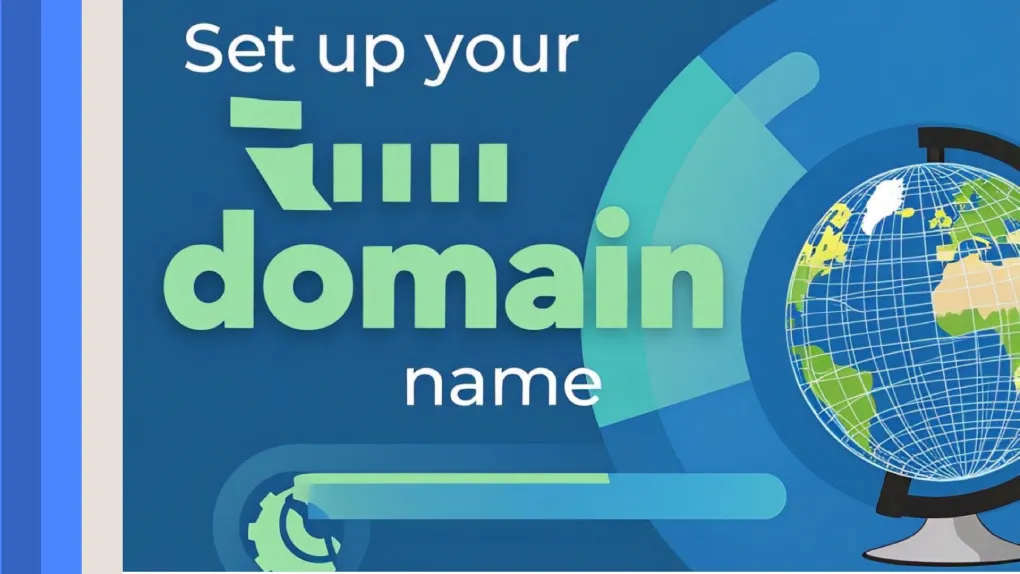You might already have some ideas in mind about what it will look like and what kind of features and content you want to display.
But before you get started on how to create a website, here are some of the key steps in the process and what it might cost to transform that vision into reality.
You start getting your goal
What is your website’s primary purpose? If it’s primarily blogging, that will greatly affect the kind of layout and navigation you’ll be looking for. And if you plan to use it to sell products or services, you’ll need something secure, easy to navigate, and easy to update with new inventory.
Budget carefully
There are website-building prices from $0 to way in the thousands. It all depends on the kind of site you are looking to have and what you want to accomplish with it.
If you only want an ultra-simple blogging site, there are plenty of free tools and choices out there, too. Most are simple and intuitive to use, so you won’t need any design or coding expertise. In most cases, you’ll be up-and-running in no time at all — and you won’t have to break the bank hiring your own website designer or developer!

Selecting the right platform for your new website
Most people don’t have the time or expertise to build their own website from square one – so if you’re wondering how to create a website, website builders offer a quick and intuitive solution. The coding is all done for you, so all you need to do is select a template and then customise it with your own text, images, and finishing touches.
The trickiest bit with website builders is which one to use. There are hundreds of providers and they all seem to provide the same or very similar services on first glance.
When considering a provider, start by asking yourself:
- [Or does it have a secure URL (and can I add one later)?
- Is it intuitive to use?
- Is it easily customisable to fit your needs?
- How much does it cost? Is that a one-time or monthly charge?
- Do you have access to a wide variety of templates?
- Do they offer tech support? Is it free? Is it by email, phone, or chatbot?
- Do they provide any plugins / extensions that would be useful, like video or capturing newsletter sign ups?
Again, it depends on what you want your site to do. Google Blogger (need Free Google Account to setup) is useful and have variety of template and design style to select. There’s also Google Sites, which can be an excellent way to promote a small business, event or display a portfolio of work. More details are in this quick guide, which should help you decide.

Set up your domain name
Many of the free web builder tools allow you to go ahead and create yourself a simple blog, without having to shell out any money for your own domain name. If you’re serious about blogging or your website is for a business, you probably need something more custom and specific to what you offer.
You’ll also want to consider what TLD to choose. For example, if your site is localized to a specific region or country, you can use. uk,. fr,. de, and so on. Or if you want to re-purpose it, maybe a. com address.
Other factors to keep in mind when selecting a TLD:
- Watch out for rising costs. “Some providers launch lower prices, then increase their prices over time.”
- Ensure the domain name isn’t already trademarked. In addition, if your name violates someone else’s brand copyright, you might be required to change it, and pay legal fees in the process. You can read more about that here.
- Do not disclose any personal information. When you register a domain you’ll need to submit your info to ICANN – which spammers and scammers can readily obtain. You can choose to keep your details private, but some registrars will charge you for this, so double check first.
You can refer to Google domains as a starting point for your domain name. It rapidly displays what’s available, what’s the price, and even highlights any potential pros and potential cons — for instance, if it’s difficult to pronounce or could be easily misheard.

Creating your content
Now that you know how to create a website and have settled on your platform, it’s time for the fun part: creating content your audience will love. Once again, a couple of simple guidelines can save you both time and money, and will entice your visitors to return for more.
Try these top tips.
- Google Trends is a way to view what people search for, as well as the popularity of certain words or phrases as they change over time. This lets you assess interest in your content from other areas, and discover potential new global audiences. Remember, you always have access to your social media channels or other online community groups to poll and get a feel for what’s hot or what’s coming.
- Even before you begin to write, determine a publishing cadence you will follow – and follow it. Quality beats quantity — every time.
- Remember, not everyone consumes content in the same manner. Some prefer plain text, other appreciate the quickness of infographics or the accessibility of video. You’ll learn over time what plays best.
- After you’re publishing content, you want to know where your visitors are coming from, how they’re finding you, and what pages are receiving the most attention. You can do that in a number of different ways, one of which is using Google Analytics, as well as linking directly to your blog for instant insights into what’s working and what isn’t.
- This guide offers more tools and tips on how to create content for your visitors, as well as inspiring case studies from around the world.
Understanding how to create a website can be a fun and effective way to interface with your crowd and accomplish your objectives, whether for personal projects or business ventures. This guide is going to help you get started and avoid the common expensive pitfalls; you can also check out our resource centre if you want help thinking about ways to monetize your online presence or optimise your user experience.
FAQs
Yes, many website builders offer free plans, though you might pay for premium features or a custom domain.
If you’re referring to Google Sites, then yes—it’s free to create a website with it.
White-label services enable agencies to outsource web design and WordPress development from experts while using their brand. It is useful when dealing with several projects at once, expanding the business, and achieving excellent results in design.
You can create a web page using a website builder, coding with HTML/CSS, or using a CMS like WordPress.
No, Google Domains require an annual fee.





